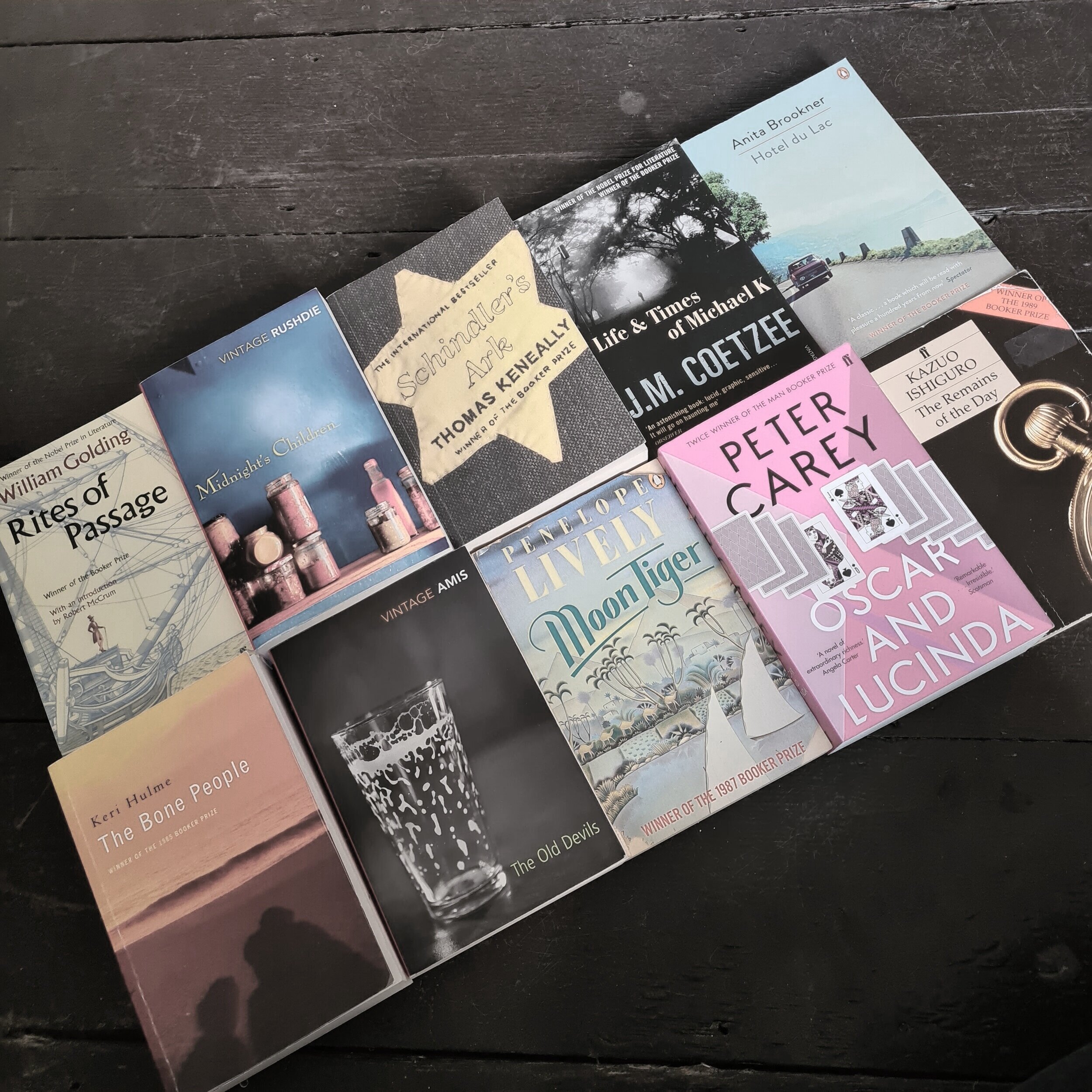
Klara and the Sun (2021)
Klara and the Sun is Ishiguro’s eighth novel, released to much anticipation last year at the height of the Covid Pandemic. It’s told from the perspective of an AF (Artificial Friend), a robotic life-form created to help provide company for children in a world in which they are no longer able to (for reasons not initially stated) socialise in school-like settings. As in Never Let Me Go, many key details are withheld. We come to understand via Klara’s limited but perceptive observations that this world is different to our own in ways we don’t quite understand (beyond just the existence of sentient AI-based lifeforms, of course.)
The Booker in the Eighties
After the Seventies saw the Booker taking its tentative first steps, stumbling here and there, occasionally landing on a genuine classic but more often than not serving up curiosities rather than solid-gold genius, we venture into more solid ground in the Eighties.
There’s a sense here of more self-awareness, of the need for winners to feel “important” and make a statement of some kind. There are certainly more hits than misses, and even the latter are perhaps in some ways more interesting than those of the previous decade.
The Remains of the Day (1989)
The Remains of the Day focuses on Stevens, an experienced butler at the top of his trade, but coming towards his twilight years, and in the employ of a newly-arrived American businessman following years of dedicated service to the aristocratic Lord Darlington. The first-person narrative is located in the 1950s, with Stevens in charge of much-reduced staff from his glory days, and beginning to notice small errors in his previously perfectionist work. He accepts his employer’s offer of a break, for the purposes of which he borrows his car and heads off on a tour of the South West of England, part of which will involve a visit to an old colleague, Miss Kenton.



